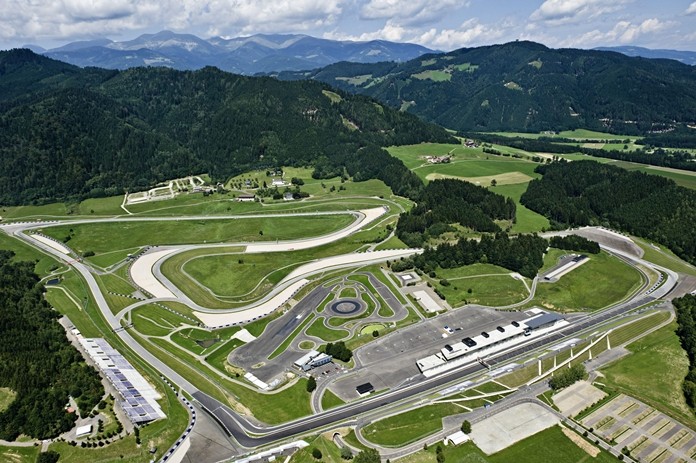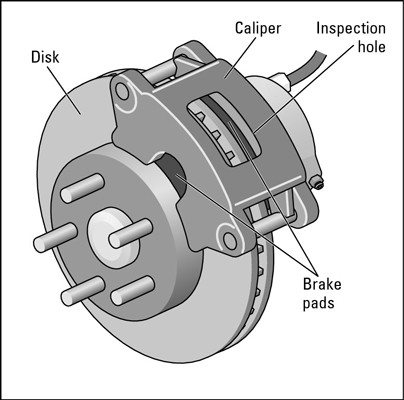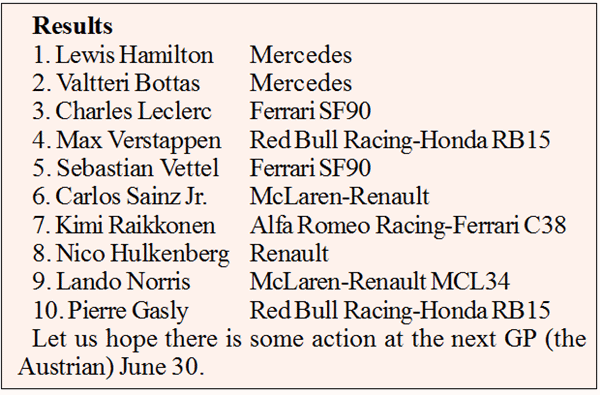
The Austrian Grand Prix returns to Austria and the Red Bull Ring. The circuit has had a revamp from Red Bull and Red Bull Racing will naturally be hoping they can get a win on home soil.
The “Ring” has seen many configurations of the track, mainly to slow the cars down, as speeds of up to 256 km/h for a lap average have been recorded previously.
The current history is interesting. Grandstands and pit buildings were demolished in 2004, rendering the track unusable for any motorsport category. Then in late 2004 and early 2005, there were intense discussions concerning whether the owner of the circuit, Red Bull, would find another use for the site, or return motor sports to the venue. There was a circuit extension proposal using part of the old Österreichring, however Red Bull boss Dietrich Mateschitz publicly announced that he had no intention of wasting money on a race circuit.
Despite what he had avowed before, late in 2008, Red Bull began their €70m reconstruction of the track.
With the reconstruction, the Red Bull Ring has hosted the DTM Series, F2 and also the FIA Historic Formula One Championship.
The telecast of this year’s race begins at 8 p.m. Thai time and we will be watching at Fletchers Folly (Siam Country Club Road opposite Maxxis and 300 meters before and we get there around 7 p.m. for something to eat and a convivial drink or two before the race starts. Come in a koala suit and barrack for Ricciardo and I’ll get Kim Fletcher to buy you a beer or a eucalyptus leaf or something.
Wait and see if Lewis Hamilton’s ‘magic’ run continues.
Dems is the brakes
If you hadn’t noticed, the Wet Season is upon us again. With a vengeance. With the heavy rains we have had our fair share of wet and slippery roads. The sealed sections of Beach Road being classic examples, with mud being strewn all over the place. (The unsealed sections have pot holes so deep there is Chinese music coming out of some of them, but that’s another story.)

These slippery conditions have caught out a few drivers and tail-enders have become rather common place. When braking in these kind of conditions you should remember that as soon as the front wheels lock up you have lost all decent retardation and all steering for avoidance. A sliding wheel does not respond to the influences of directional forces and is only under the straight line effect of momentum. You can twirl the steering wheel as much as you like, you just go straight on.
The answer is to take your foot off the brake pedal to unlock the brakes then progressively pump the brake pedal up to the point of locking up then release and repeat the sequence. This is called cadence braking and is what ABS systems do for you if your car is fitted with it. Practice on a bit of dirt one day and it might just save you some trouble and expense in the future when you can steer your way out of trouble. You can feel the brake pedal pumping under your foot if your car has ABS fitted.
Fiat Chrysler-Renault deal collapses
Colleen Barry, Lori Hinnant & Angela Charlton
Milan (AP) — Fiat Chrysler’s surprise decision to withdraw a merger offer with French carmaker Renault stunned the industry, collapsing Thursday on fundamental differences over when Renault’s long-time alliance partner, Nissan, would be brought in.
The merger plan, which had sought to create the world’s third-largest automaker, had been viewed positively across the industry since it was announced last week. But Fiat Chrysler Chairman John Elkann decided to withdraw the offer as the Renault board meeting entered the early morning hours after the French government – Renault’s top shareholder with a 15 stake – asked for more time to seek Nissan’s blessing.
A person in Italy who has been close to the talks said both the French government and Nissan had agreed during the course of months-long negotiations that the Fiat Chrysler-Renault merger would happen first, and then the future of the alliance would be considered at a later stage.
The person said France essentially backtracked this week when it said it wanted the backing of Nissan before agreeing to start working on the details of a potential merger.
“A merger cannot be subject to external conditions,” said the person, adding that withdrawing the offer was not a negotiating tactic. The person spoke only on condition of anonymity because details of the negotiations were not publicly disclosed.
In a statement, Fiat Chrysler cited “political conditions in France” for its withdrawal. The company said it had no hard feelings with either Renault or its alliance partner Nissan, thanking them both for their “constructive engagement.”
The French government hit back by characterizing Fiat Chrysler’s behavior as “pushy,” blaming it for placing “massive pressure” to quickly take the offer or leave it. They later softened their tones, indicating there might be room for future negotiation.
“We have closed no doors,” said an official at France’s Economy Ministry who spoke on condition of anonymity to discuss the negotiations.
Renault said it was disappointed over the lost opportunity but also talked about the offer in the present tense, indicating there was still hope to revive it: “We view the opportunity as timely, having compelling industrial logic and great financial merit, and which would result in a European-based global auto powerhouse.”
In Italy, a representative of the powerful metal mechanics union also expressed hope that the withdrawal was a tactic to restart negotiations, blaming Nissan and the French for complicating talks.
The combined company would have produced some 8.7 million vehicles a year, more than General Motors and trailing only Volkswagen and Toyota. It would have saved an estimated 5 billion euros ($5.62 billion) per year in purchasing expenses and costs developing autonomous and electric vehicles.
It would have been worth almost $40 billion. If Nissan had gone along, it would have created the world’s biggest auto company.
Now, Fiat Chrysler and Renault must find a new way to address any shortcomings at a time when the auto industry is in the midst of a global sales slowdown and facing enormous expenses to develop future technologies.
What did we learn from the French GP?
Well, we learned that it was boring. On top of that we learned that it was very boring. I would even say incredibly boring.
The little Frenchman Jean Todt and boss of the FIA was there, so he knows full well just how boring it was.
Lewis Hamilton (Mercedes) ran away and hid, leading every lap and setting fastest laps as well. In his wake was his team mate Valtteri Bottas, who remained in second place and 18 seconds in arrears for the duration and was never in the leadership hunt, but stayed safely in front of third placed Charles Leclerc (Ferrari).
Behind the top three was Max Verstappen (Red Bull and 34 seconds behind), followed by Sebastian Vettel (Ferrari and 62 seconds behind).
If you can call it “excitement”, Daniel Ricciardo (Renault) was given two five second penalties consecutively. Reason? Aggressive passing, resulting in some evasive action by the car being passed. Perhaps if the other drivers would have a go at passing, instead of blocking, it could spice up the entire F1 scene. As it is, F1 is totally over-regulated with no passing (other than by Ricciardo) making dull races. With Mercedes head and shoulders above everyone else, there is no visual spectacle.
Kyvat and Albon, teammates for Toro Rosso, are going at it with each other down that Mistral straight, that from Chequered Flag. That’s a battle for 15th and 16th, and that’s where the “thrills” were coming in this (not very grand) prix.





